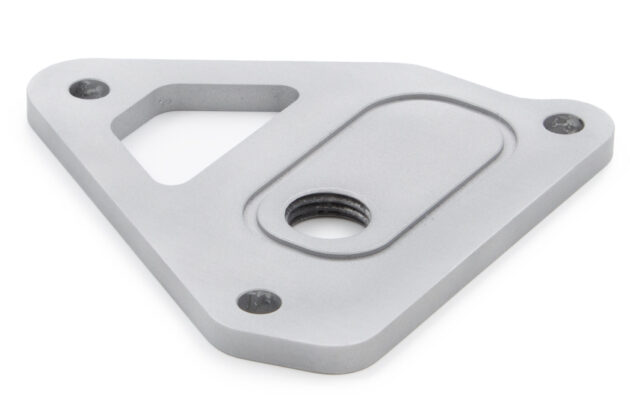Machined Parts
Manufacturing machined parts involves the process of removing material from a workpiece to achieve desired shapes and sizes. This process can be accomplished through various machining methods, each suited to different materials and precision requirements. Here are some key aspects of machined parts manufacturing:

1. Design and Planning:
Blueprints and CAD Models: Machined parts manufacturing typically begins with detailed blueprints or computer-aided design (CAD) models.
Material Selection: Choose the appropriate material based on the part’s function and characteristics.
2. Machining Processes:
CNC Machining: Computer Numerical Control (CNC) machines use programmed instructions to cut and shape materials with high precision. CNC milling and CNC turning are common processes.
Turning: Rotating the workpiece while a cutting tool removes material to create cylindrical shapes.
Milling: Removing material from a workpiece using rotary cutters to create complex shapes.
Drilling: Creating holes using a rotating tool.
3. Material Removal Techniques:
Cutting Tools: Selection of appropriate cutting tools, including end mills, drills, and lathe tools.
Coolant Systems: Machining can generate heat; coolants are often used to dissipate heat and improve tool life.
4. Quality Control:
Precision Measurements: Machined parts must meet precise specifications. Instruments such as micrometers and calipers are used for measurements.
Quality Assurance: Implementing quality control measures at various stages to ensure consistency and compliance with specifications.
5. Finishing Processes:
Surface Finishing: Processes like grinding, polishing, or coating to improve surface quality.
Heat Treatment: For improving material properties like hardness or reducing residual stresses.
6. Assembly:
Integration: Assembling machined parts into larger components or systems.
7. Quality Assurance and Testing:
Inspection: Regular checks for dimensional accuracy and quality.
Testing: Functional tests may be conducted to ensure the part meets performance requirements.
8. Documentation and Traceability:
Record Keeping: Maintaining detailed records of the manufacturing process for traceability and future reference.
9. Batch Production vs. Prototyping:
Batch Production: Mass production of identical parts.
Prototyping: Creating a single or limited number of parts for testing and validation.
10. Automation and Industry:
Automation: Increasing use of robotics and automated systems in machining.
Data Connectivity: Integration of digital technologies for real-time monitoring and control.
11. Environmental Considerations:
Waste Management: Proper disposal or recycling of materials and cutting fluids.
Energy Efficiency: Implementing energy-efficient machining processes.
12. Regulatory Compliance:
Adherence to Standards: Compliance with industry standards and regulations.
Manufacturers need to balance precision, efficiency, and cost-effectiveness in machined parts production. Continuous improvement, technological advancements, and adherence to quality standards are crucial for success in this field.
Contact Us
For more information about how we can help you with Machined Parts:
Call
email hidden; JavaScript is required

